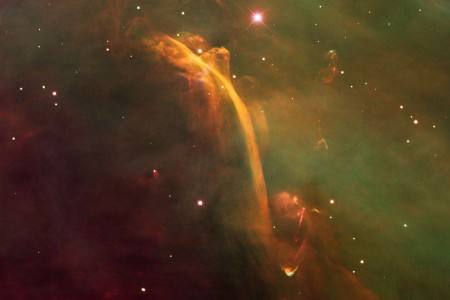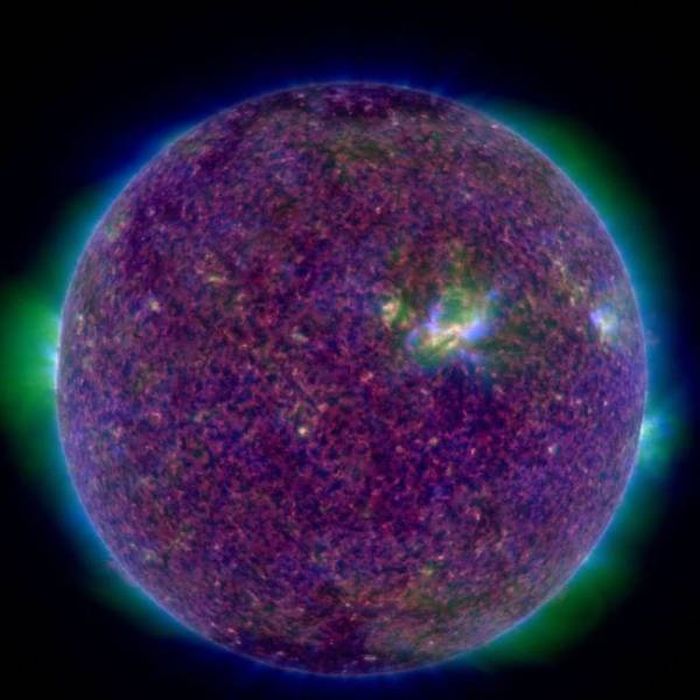

Using the NASA calendar, however, images can be obtained for people born before the modern age of astronomy kicked off. It also means anyone born before June 1995 won't have a specific image assigned to their birthday on the APOD calendar.


Ramaty High Energy Solar Spectroscopic Imager.Polarimeter to Unify the Corona and Heliosphere.Miniature X-ray Solar Spectrometer CubeSat.The following pages on the English Wikipedia use this file (pages on other projects are not listed): Los analistas creen que una erupción solar segundo siguiente tras la primera llamarada y podría volver a energizar la tormenta geomagnética la decoloración y la chispa de una nueva ronda de las Luces del Norte. A partir del 21 de agosto de campo magnético de la Tierra es todavía reverbera del impacto erupción solar el 3 de agosto de 2010, lo que provocó auroras tan al sur como Wisconsin y Iowa en los Estados Unidos. Diferentes colores en la imagen representan diferentes temperaturas de gas. Esta imagen del Observatorio de Dinámica Solar de la noticia-que la energía solar el 1 de agosto muestra la llamarada solar de clase C3 (área blanca en la parte superior izquierda), un tsunami solar (onda-como la estructura, la parte superior derecha), filamentos múltiples de levantamiento de magnetismo de la superficie estelar, a gran escala temblor de la corona solar, las explosiones de radio, una eyección de masa coronal y mucho más.Įsta instantánea multi-longitud de onda del ultravioleta extremo desde el Observatorio Solar Dynamics muestra el hemisferio norte del Sol a mediados de la erupción. Analysts believe a second solar flare is following behind the first flare and could re-energize the fading geomagnetic storm and spark a new round of Northern Lights.Įspañol: El 1 de agosto de 2010, casi la totalidad de la Tierra frente al lado del sol estalló en un tumulto de la actividad. As of August 21, Earth's magnetic field is still reverberating from the solar flare impact on August 3, 2010, which sparked aurorae as far south as Wisconsin and Iowa in the United States. Different colors in the image represent different gas temperatures. This multi-wavelength extreme ultraviolet snapshot from the Solar Dynamics Observatory shows the sun's northern hemisphere in mid-eruption. This image from the Solar Dynamics Observatory of the news-making solar event on August 1 shows the C3-class solar flare (white area on upper left), a solar tsunami (wave-like structure, upper right), multiple filaments of magnetism lifting off the stellar surface, large-scale shaking of the solar corona, radio bursts, a coronal mass ejection and more. English: On August 1, 2010, almost the entire Earth-facing side of the sun erupted in a tumult of activity.


 0 kommentar(er)
0 kommentar(er)
